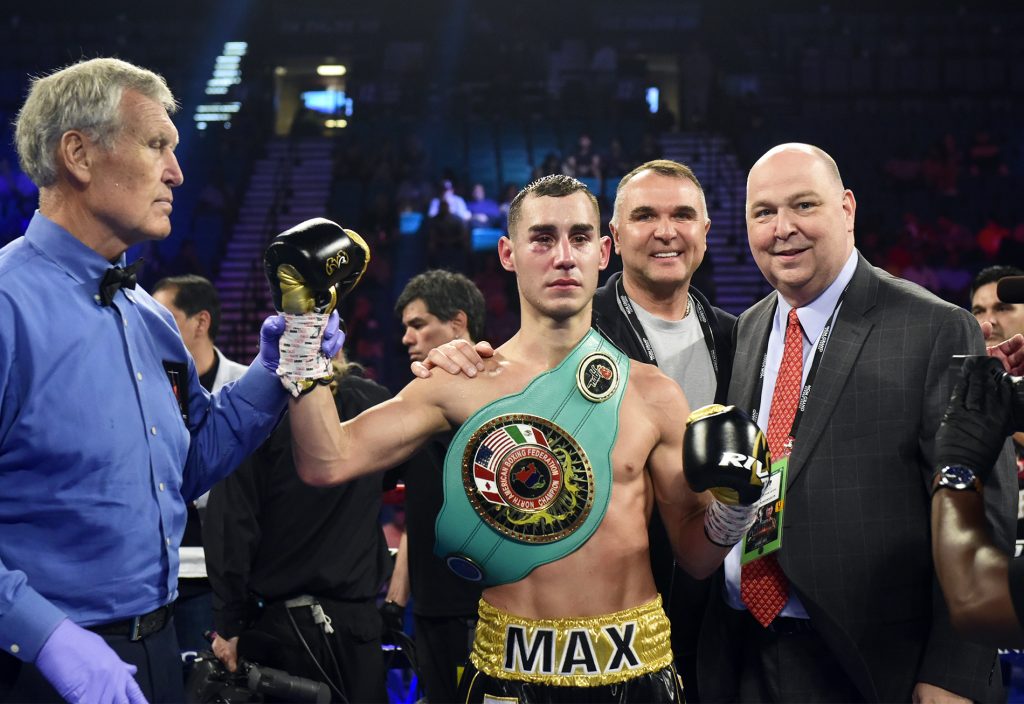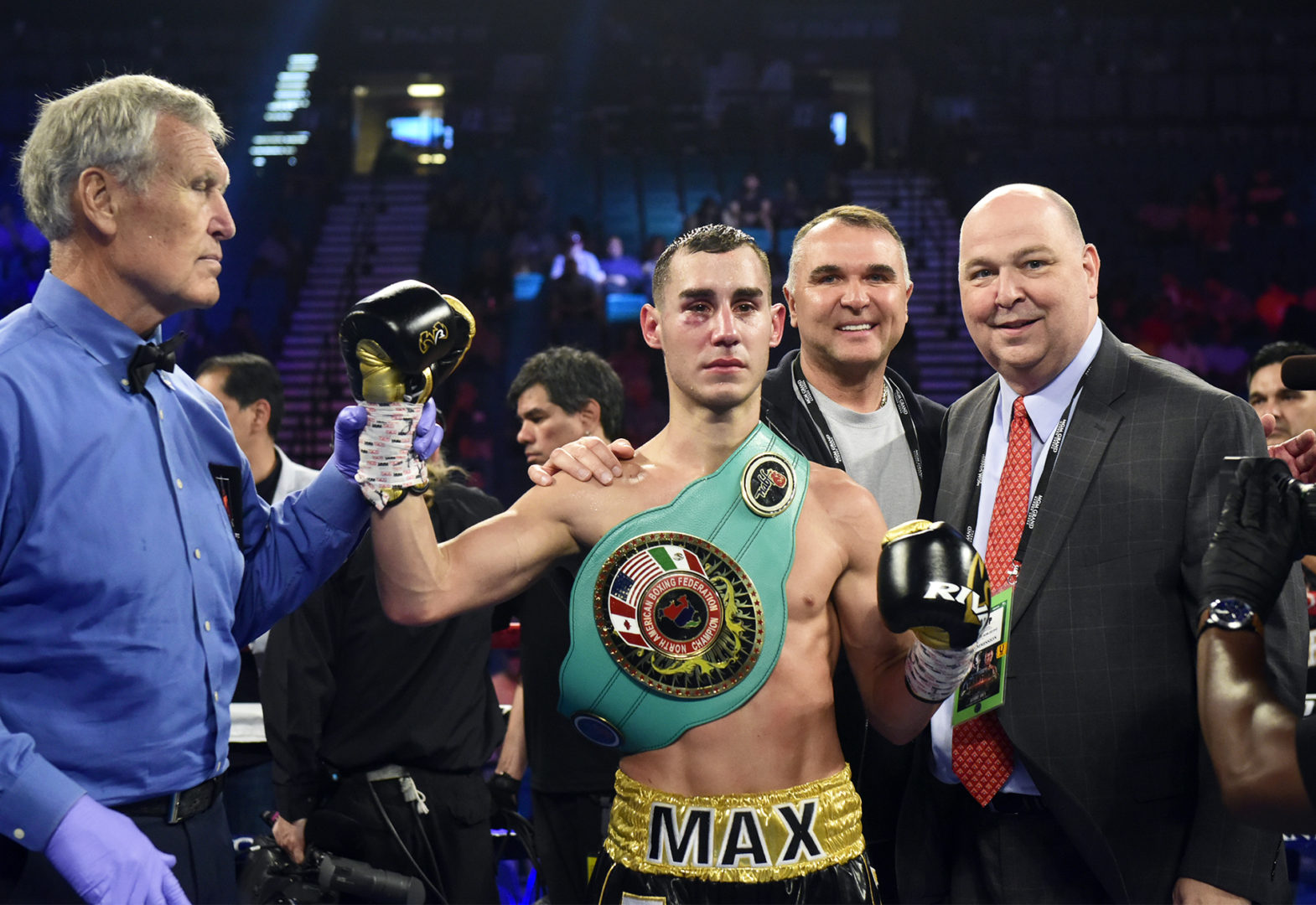
By Norm Fraueheim-
Boxing has been called life in a shot glass. From tragedy to triumph, it’s all there all at once, 180-proof. It tests your limits, takes you for a dizzy ride and sometimes leaves you in the gutter.
This week is one of those times.
Two deaths – first Russian junior-welterweight Maksim Dadashev Tuesday from injuries sustained in a fight Friday in Maryland and then Argentine junior-welter Hugo Santillan Thursday after a bout Saturday in Buenos Aires — just days after celebrating a dramatic display of skill, guts, resilience and class in Manny Pacquiao’s split-decision over Keith Thurman leaves a hangover full of troublesome questions. Doubts about why we watch.
I had other plans for this week’s column. There was the 40-year-old Pacquiao and a legacy that continues to make history. There was Errol Spence Jr. and his hopes to maybe fight Pacquiao and his determination to one day face Terence Crawford.
But none of that seemed to matter after the deaths of young fighters known by few of us. Dadashev was 28. Santillan was 23. They were young guys who labored on undercards for small purses and in front of empty seats.
Nobody much cares about them as fighters. But we care about them in death, because, I think, of what it says about us. If the unknowns can die, the great ones can, too. There’s no immortality on either side of the ropes.
In that ever-present danger, there’s drama.
A dilemma, too, and it’s inescapable.
They give – make that gave – it all in game compelling because of what it takes to conquer the fear. Fighters accept that risk. Fans are there to see how they deal with it. Unlike just about any other sport in this universe, there’s no ambivalence about what we’re watching and perhaps why some watch and some won’t.
In another lifetime, I used to cover auto racing, mostly NASCAR in Daytona. Drivers died. I always believed many of the more than 100,000 fans jammed into the Speedway were there just because any race was always a blown tire away from a massive accident.
Death would happen. That was always a danger and, in fact, part of the tension that drew those fans to the track. But it was also a byproduct.
The drivers weren’t there to disable each other.
But boxers are.
There wouldn’t be boxing if not for each fighter’s intent to disable the other. That’s the difference and it’s a dramatic one. It is as honest as it stark, a reason why many people just won’t watch. Boxing’s abolitionists figure to repeat their demand that the sport be outlawed in the wake of this week’s deaths. I can’t argue with them. I can’t agree with them, either. That’s part of the aforementioned dilemma.
Much, perhaps too much, about boxing offends the reasonable people concerned about the long-term damage done to the boxers who do survive. I understand. But I also understand that young men will always fight in the ring or on the street. Unregulated or regulated, they’ll fight with intent and no doubt about the danger.
Over the years, I have learned to sit at ringside for every fight on every undercard, no matter how big the main event. I didn’t know Dadashev. I didn’t know Santillan. But I have watched fighters like them for years and my admiration for their courage has grown during the many rounds before Pacquiao, or Floyd Mayweather, or Canelo Alvarez or Gennady Golovkin.
I’m there because of what might happen, what did happen to Dadashev and Santillan. I’ll be there, at ringside, all over again and I’ll pray I won’t have to write about another ring death. But that’s hoping against hope. Life in boxing’s shot glass means death, too.








